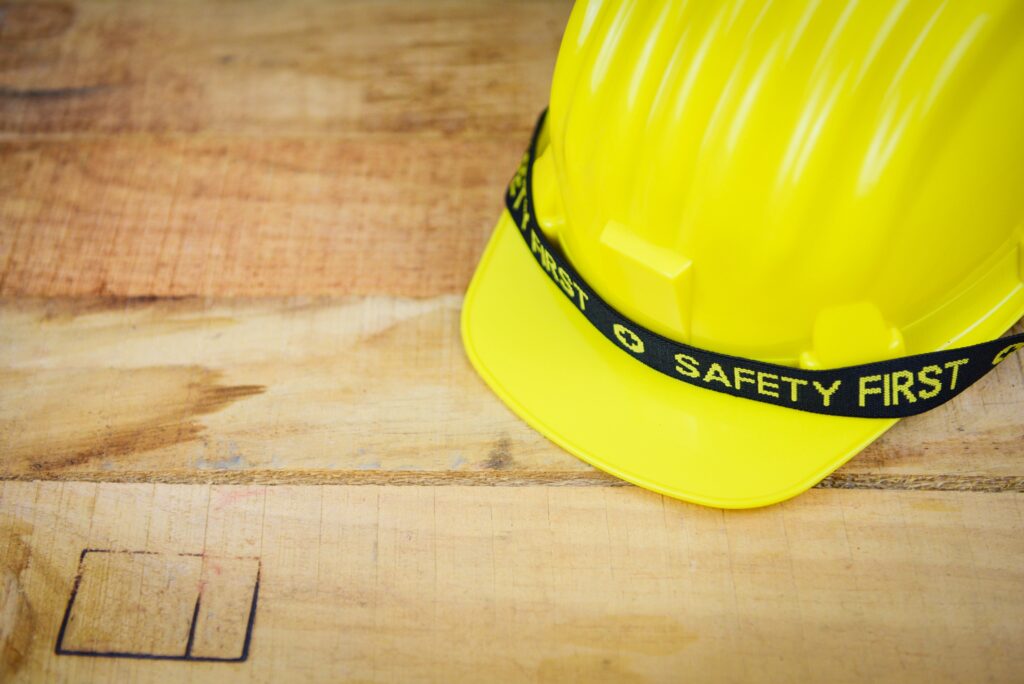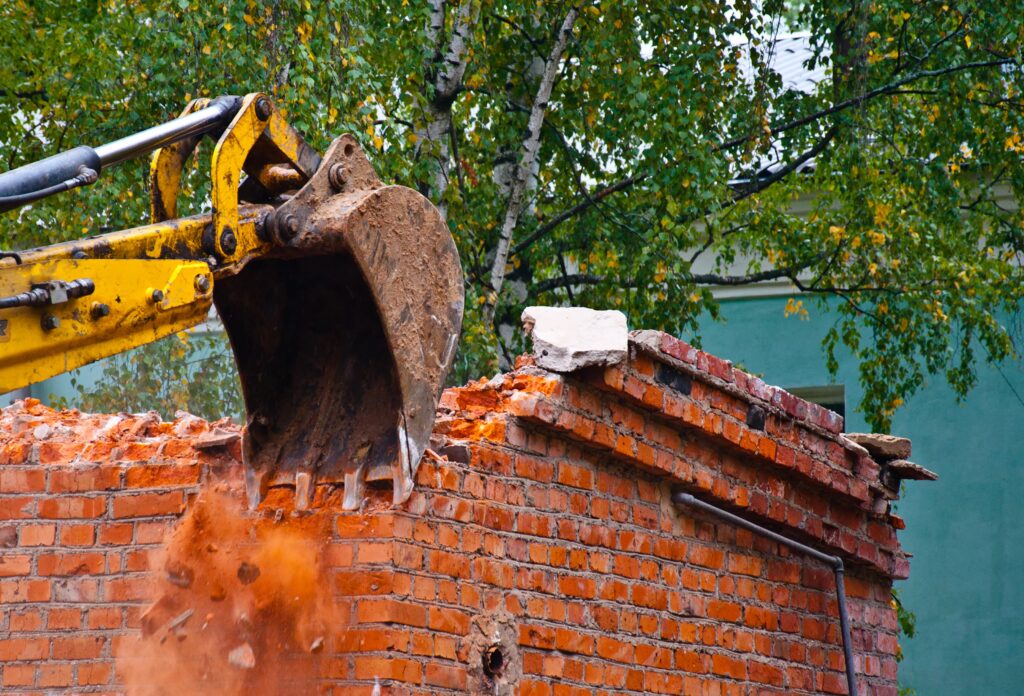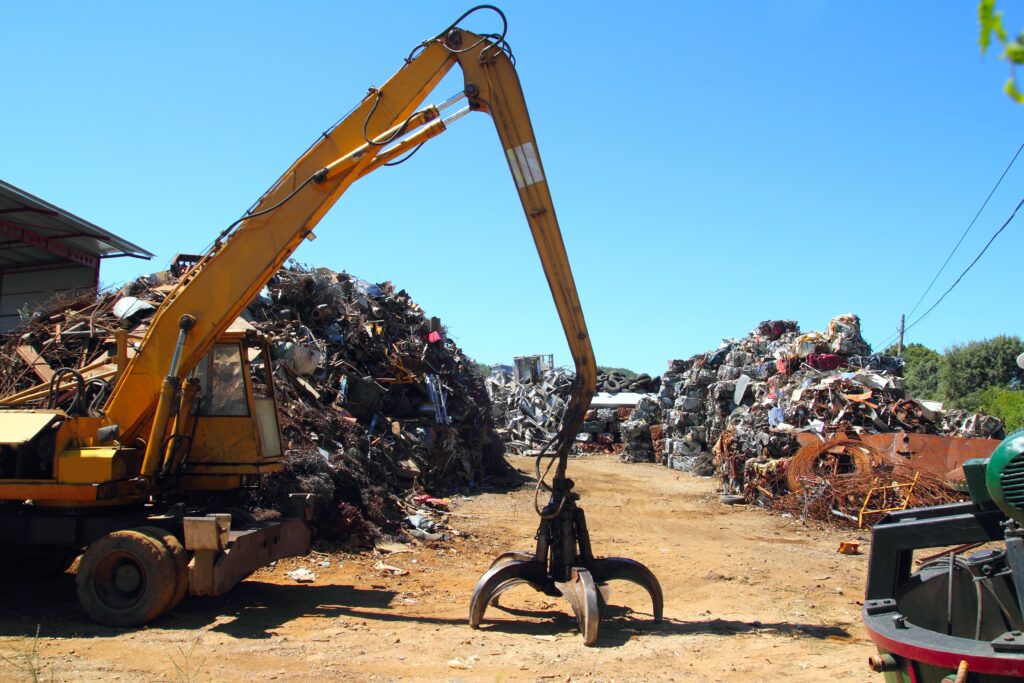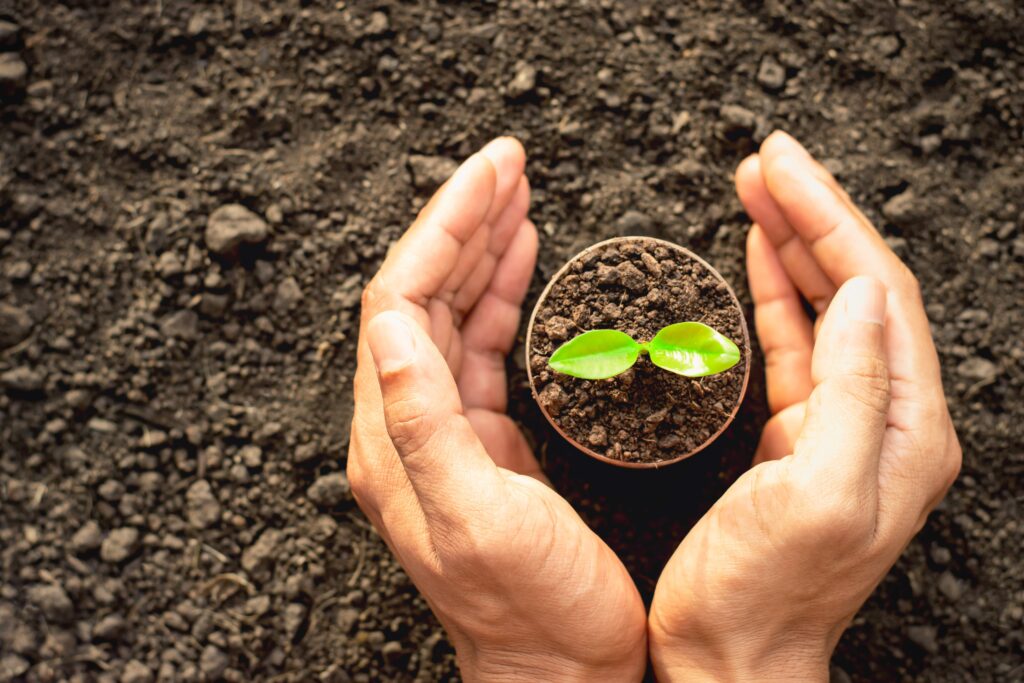Hello, everyone. My name is Daichi, an expert providing the information on the radiation issues in an easy-to-understand manner.
So far regarding the Interim Storage Facility, overview of the facilities were covered in this article, and this article covers the Soil Separation
Facility and the Soil Storage Facility and in this article the Temporary Incineration Facility and the Waste Storage Facility were explained.
To wrap up the series of articles, after briefly summarizing the progress of off-site remediation activities, this article covers the issues to be addressed now onward, as well as what I would like you to know about the Interim Storage Facility.
In other words, this article will respond to the following questions:
– What is the current progress of the off-site remediation activities?
– What are issues to be addressed now onward?
Table of contents of this article
- (Let’s learn its future issues) What is the Interim Storage Facility? (Vol. 4)
- Current progress on remediation activities
- Future issues concerning the Interim Storage Facility
- Safe management of the facilities
- Dismantling of buildings
- Waste treatment
- Recycling of removed soil
- What I would like you to know about the Interim Storage Facility
- Summary
I have been involved with the radiation-relevant issues, like the policy on the decontamination activities and the management of the Interim Storage Facility, after the accident of the Fukushima Daiichi Nuclear Power Plant in 2011.
I received a doctorate in the field of radiation, while working in Fukushima.
(Let’s learn its future issues) What is the Interim Storage Facility? (Vol. 4)
More than 12 years have passed since the earthquake, and considerable progress has been made in projects such as decontamination, transportation, the Interim Storage Facilities and treatment of the Specified Waste.
The progress made will be briefly covered, including the project of the Interim Storage Facility, as well as its future issues to be addressed.
Current progress on remediation activities
Decontamination activities in a certain range of areas (sometimes it is called ‘full-scale decontamination activities’) were completed by March 2018 (in March 2017 in the Intensive Contamination Survey Areas, and in March 2018 in the Special Decontamination Areas), (Please refer to this article), and large scale transportation projects into the Interim Storage Facilitiy were also completed in Fukushima Prefecture by March 2022.
However, this is the progress made except for the Difficult-to-Return Zones (Recently it is called the ‘Restricted Areas’) (Please refer to this article and this article), and in the Difficult-to-Return Zones, currently in the Specified Reconstruction and Revitalization Base Areas, decontamination activities, as well as transportation projects into the Interim Storage Facility still have been continued, although scale of the projects is much smaller than previous days.
Future issues concerning the Interim Storage Facility
So, aren’t there any particular issues to be addressed but only what needs to be done, is that smaller amount of removed soil and waste, compared with previous days, will be accepted and treated from now on?
The answer is ‘no’.
There are still various kinds of issues to be addressed even now and toward future.
Some examples are taken in the following sections.
Safe management of the facilities

First, safe management of the Interim Storage Facility (whole areas where the Interim Storage Facility is located).
As described in this article, various kinds of facilities were constructed in the areas of 16km2, and as mentioned in the following part, there are still a lot of kinds of facilities have been left behind since the accident occurred.
In terms of management of the removed soil and waste, as elaborated in this article, for some time, the Soil Storage Facility will be there, till final disposal of the removed soil.
These facilities, as well as the buildings (e.g. houses, factories) left behind need to be managed in a safe manner till their dismantling.
Dismantling of buildings

As mentioned above, there are still a lot of houses and factories left behind in the premise of the Interim Storage Facility, where people used to live or work.
So far construction of the Soil Separation Facility, the Soil Storage Facility and other relevant facilities has been prioritized, in order to treat the removed soil transported from all over the Fukushima Prefecture, as early as possible.
However, the amount of soil transported into the Interim Storage Facility, has been gradually decreased, after hitting the peak in FY2019 and 2020.
In addition, construction of relevant facilities has been almost completed, and some of the Soil Separation Facility have been dismantled.
In the wake of this progress, issues to be addressed have been focused on the safe management of whole areas, and dismantling of abandoned houses and factories will be accelerated.
Waste treatment

‘Waste treatment’ means neither the treatment of waste arising from decontamination activities, nor the treatment of the Specified Waste, which are covered in this article and this article.
But instead it does mean the treatment of waste, arising from dismantling of houses in the premise of the Interim Storage Facility, and a number of container bags, which stored a large amount of waste and soil.
They are going to big issues to be addressed.
In addition, treatment of abandoned vehicles in the premise of the Interim Storage Facility is one of the important issues to be addressed.
Evacuation order was declared in the same date of the disaster, and that forced a lot of residents to evacuate from the area very urgently, therefore a number of vehicles have been left behind as they were when the disaster happened.
They need to be properly treated with necessary permission of the vehicles’ owners.
Further to that, proper treatment of chemicals in the abandoned factories, and proper treatment of fluorocarbons used as refrigerants in air conditioners and vending machines and recycling of slags and metals generated in the Temporary Ash Treatment Facility will be big issues toward the future, which is covered in the previous article.
Recycling of removed soil

As aforementioned, as a result of progress of decontamination and transportation projects, a lot of removed soil and waste have been treated in the Interim Storage Facility, and treated soil are stored in the Soil Storage Facility and transported/treated waste is also stored in storage sites.
The volume of removed soil and waste subject to transportation is estimated as around 14 million m3, except for the Difficult-to-Return Zones (currently ‘the Restricted Zones’), and actually more than 13 million m3 of removed soil and waste, including the Difficult-to-Return Zones have been transported into the Interim Storage Facility, as of December 2022. (Reference: Decontamination Information Site, Ministry of the Environment) (in Japanese).
Final disposal of the treated soil, which is currently stored in the Interim Storage Facility, is supposed to be completed outside Fukushima Prefecture, by March 2045, as explained in this article.
It could be unrealistic to find places outside Fukushima Prefecture, which accommodate all of the removed and treated soil, amounting to almost 11 times as much as the volume of the Tokyo Dome.
That’s why recycling of removed soil is promoted under the management of public authorities, for the removed soil to be used for original objective, as construction materials, by putting priority on the removed soil with relatively low level of radioactive concentration.
The detail information will be covered in another article.
What I would like you to know about the Interim Storage Facility
As mentioned above, in the premise of the Interim Storage Facility, still there are a number of houses and factories, which need to be dismantled.
In other words, there are without doubt towns and people’s life there, before the disaster.
There are currently the Soil Separation Facility, the Soil Storage Facility and other relevant facilities which have been covered so far, but there are not such sort of facilities at all before the disaster, but instead lands where around 2,700 people lived.

Other than residents, there are a special nursing home, parks, sports facilities and factories, where a lot of people worked and led their lives.

Agriculture was also prospering, and there were a lot of rice field as well as fields for pears, where there are currently the Soil Separation Facility and the Soil Storage Facility.
In addition, at the Kuma River, which flows through south of the Interim Storage Facility, fishery for salmon was prospering.
The premise, where currently the Interim Storage Facility is located, is the area, where people have lived for a couple of hundreds of years, and there are graveyards for their ancestors, who inherited the lands to their offspring.
There is a temple where people prayed every day, and there are also shrines which people have taken care of for a long time, people enjoyed a lot of festivities before the accident.
And there were also an elementary school and a kindergarten in the premise, and around 300 children went to the elementary school, but they have been left behind as they were, since March 11, 2011.

The number of landowners of the Interim Storage Facility is around 2,400 (Reference: Information site for decontamination, Ministry of the Environment), but most of them were suffered from the disaster: earthquake, tsunami and accident of the nuclear power station, and additionally forced to determine, whether they provide their lands for the construction of the Interim Storage Facility.
More than 90% for private lands, and more than 80% for whole lands were acquired by the national government, but still it has not reached 100%.
There are people who has rented their lands to the national government, who are undecided, who can’t agree with the policy of the national government, and some of the lands are continuously owned by Okuma Town and Futaba Town.
In any case, I think we all need to know, that this project has been carried out based on the struggle and the difficult decisions of the people.
Removed soil and waste, which are currently stored in the Interim Storage Facility are supposed to be disposed outside Fukushima Prefecture by March 2045, but nothing has been determined so far, regarding the utilization of the lands after the final disposal.
Part of the lands is supposed to be returned to the landowners, but there are nationalized lands, so discussion will be necessary in the future.
In any case, the lands belong to Okuma Town and Futaba Town, so hopefully they will be lands which people in both towns are happy about its use, and to realize it, a lot of issues need to be addressed nationwide.
Summary
As a recap of a series of articles regarding the Interim Storage Facility, this article first covers the progress of the decontamination activities, followed by issues regarding the Interim Storage Facility, e.g.: safe management of the facilities, dismantling of buildings, waste treatment.
And at last, I elaborated the points in detail about the Interim Storage Facility, which I would like you all to know.
The premise of the Interim Storage Facility is the area, where around 2,700 people lived before the disaster, and there were lives of people, just same as other areas.
Everything has been changed, however, by the earthquake, the following tsunami and nuclear disaster, and people there were forced to evacuate.
I think that we all keep this in our mind, that the project of the Interim Storage Facilities has been carried out based on the difficult decision of people, who have been suffered from the disasters and besides provided their lands, which have been inherited from their ancestors, to the national government.
The time will come in the future, when use of the provided lands needs to be discussed, after completion of the role as the Interim Storage Facility.
By the way, above-mentioned contents are summarized in the following videos.
It would be appreciated to visit them at your convenience.
– Japanese version
– English version
You can read the same article in Japanese here.
Thank you very much for reading this article.
See you next time!



コメント